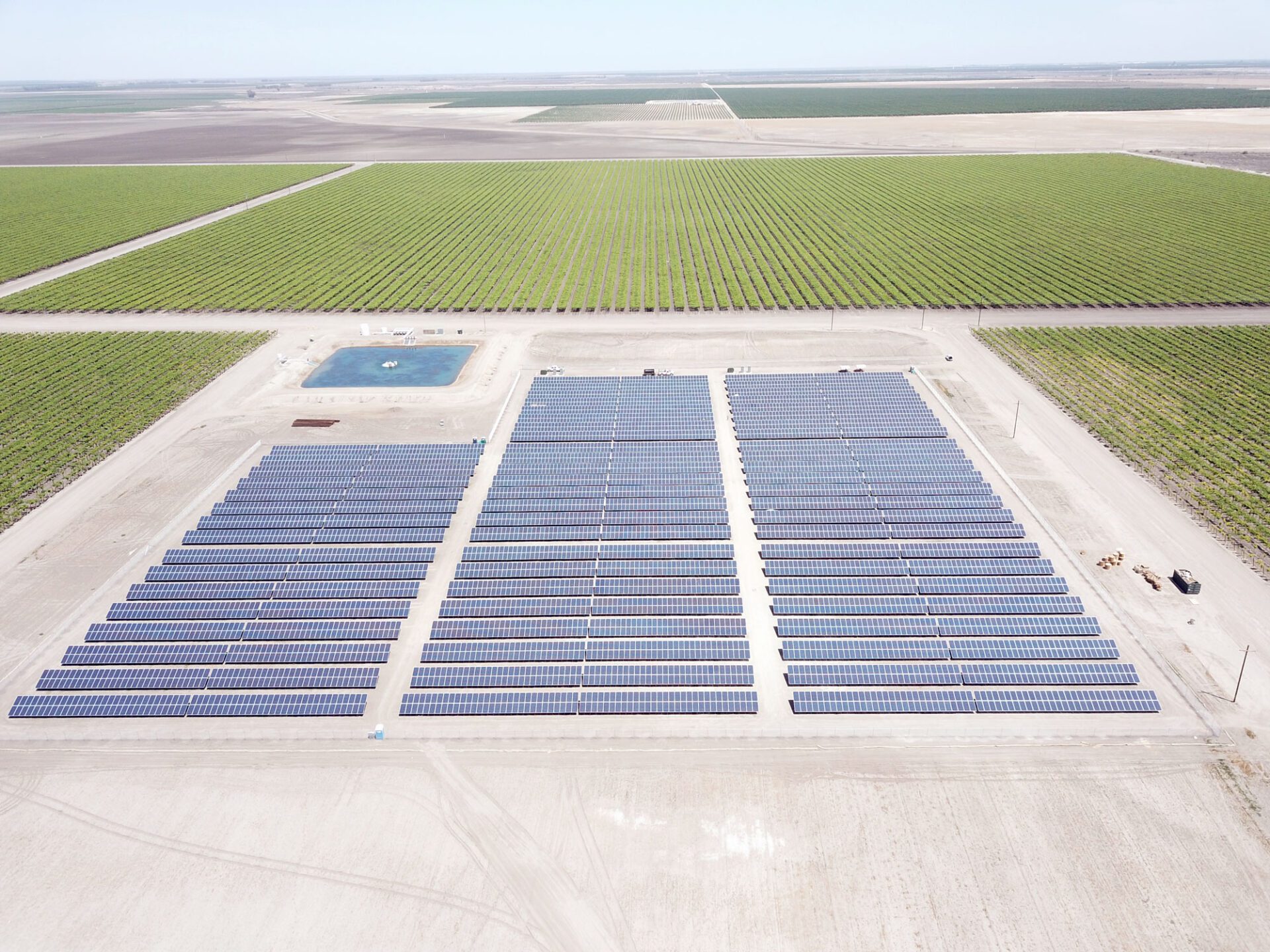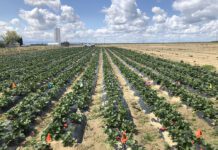There are changes coming to solar in next few years. One of the big changes is the investment tax credit.
Investment Tax Credit
The Investment Tax Credit is a 30 percent credit at the federal level that is available in all 50 states for any type of renewable energy.
In California, this is the primary incentive available, according to Chad Cummings, director of sales and marketing for JKB Energy.
What this means is, if it’s a million dollar project the grower receives an immediate tax discount of $300,000, which is different than a write off, Cummings explained.
“This is an actual credit against whatever you’re tax liability is,” Cummings said, adding it’s basically a 30 percent off price tag.
This incentive has been available for years, but starting 2020 the percentage will start declining.
- • In 2020 it will decrease to 26 percent.
- • In 2021 it will decrease to 22 percent.
- • In 2022 and moving forward it will decrease to 10 percent indefinitely.
“That’s a pretty big drop,” Cummings said, adding this means the net cost for solar will increase because of the change in the incentives.
2019 will be the last year for the 30 percent rate, but growers can lock in this rate to allow for the installation of the solar system through 2023.
“If a farmer wants to proceed with a solar project at the 30 percent rate, he needs to essentially make a five percent down payment on a project,” Cummings said.
By doing this, it secures the project at the 30 percent tax credit rate, and the project doesn’t have to be completed until the end of 2023.
Cummings expects a surge in solar installations with growers taking advantage of the investment tax credit and locking in the 30 percent rate.
“If you don’t make the 30 percent in 2019, you can still lock in at 26 percent (2020),” Cummings said, adding it can be locked in at any time until it reaches the 10 percent level.
Utility Rate Changes
The change in utility rates is another reason Cummings believes there will be a surge in solar installations for agriculture.
In 2017, Pacific Gas and Electric (PG&E) and Southern California Edison (SCE) announced their intent to change utility rate structures and shift the peak time periods into evening hours. For PG&E, the peak time period will change from 12-6 p.m. to either 4-8 p.m. or 5-9 p.m., for agricultural and commercial rates.
High noon is the most lucrative time to generate energy, so it’s not a coincidence that those time periods now fall outside of the primary solar producing hours, Cummings said.
“For a solar system operating on a source of revenue, it is going to generate less revenue per year because you sell back your solar energy at whatever the given hourly rate is,” Cummings explained.
“Across the board, rates have gone up, and what’s not getting coverage is the rates that will replace those daytime rates are going up around 20 percent,” Cummings said.
“How that applies to solar is, yes, solar is getting a bit of a ding by the rate structure, but because all the other rates are going up, you’re actually still seeing the same or an even more aggressive payback time period on a solar investment,” Cummings said.
With a solar system, you’re protected from when utility companies raise their electric rates because you’re still selling back at the same rates through California’s Net Energy Metering program, Cummings said.
“Bottom line is, rates continue to increase, and that truly is the primary incentive for solar,” Cummings said.
Tariffs
The vast majority of high grade solar modules come from outside the U.S. and in the last 12 months, it has been a roller coaster ride with solar tariffs with any non-U.S. product, Cummings said.
“This time last year we were in a bit of a tariff bubble on pricing, but that has come and gone,” Cummings said.
Solar manufacturers have essentially absorbed the cost of the tariff to import into the U.S.
“Pricing is really at the strongest point it’s ever been for the consumer. It’s definitely a buyers market,” Cummings said.
Module Improvement
There have been some improvements in the modules.
“One of the things module manufacturers have been able to do is instead of having all of the grids connected together, they have a split cell or a half cut, and they’ve actually been splitting them up into two halves per panel,” Cummings said.
There is a twofold benefit to this. First, it allows for more watts per panel. Second, if shade hits half of the panel, the other half can still produce at a significant level, Cummings said.
With a traditional solar panel, if shade hits the lower third of the panel, the whole panel goes down, and if that panel is strung with other panels, all of those panels will go down, Cummings said.
Frame Size and Watts
There have been improvements on the amount of watts per panel, too.
“We’re seeing some fast growth in that area. Historically we’ve seen that improve 5-10 watts per panel, per year. The last couple of years I’ve seen it increase closer to 20 watts per panel, if not even more, so that’s been a fast gain and a big value adder,” Cummings said.
Last year each panel was about 330 watts, and this year about 375 watts or higher, Cummings said.
“Coming into the next year I see that number continuing to increase,” Cummings said, and what that translates to for growers is the solar system would use less land.
Storage
“Solar has historically been able to offset about 70 percent of your annual energy charges,” Cummings said, “But there’s still that 30 percent living out there that we haven’t been able to touch.”
“It’s unlikely to get rid of the full 30 percent,” Cummings said, adding and it would be very difficult not to have any infrastructure provided by the utility companies.
But what is feasible is batteries could reduce that remaining 30 percent to 15-20 percent, Cummings said.
“Energy storage systems can help reduce demand charges by reducing spikes in electric usage. Demand charges result make up about 30 percent of most agriculture electric rates. While batteries are still quite expensive, we’re getting close to seeing a positive return on investment with battery demand management solutions,” Cummings said, adding, “you can charge batteries during the day with solar and release the energy in the evening during the new peak time periods which offer the highest energy credit.”
What that means is, those peak rates that will be falling outside the daytime hours, that energy can be captured and held onto, then strategically released. This will also further improve the return on investment for solar, Cummings said.
“That’s probably the most commonly talked about option, which is a great option,” Cummings said.
As the tax incentive starts to decline, utility companies change their rates, and overall rates continue to increase, growers will search for ways to control those energy costs. Energy storage makes sense, Cummings said.
Optimistically, Cummings anticipates in the next 12 months to see some big gains in energy storage, and on the more moderate side in the next 24 months.
Batteries and energy storage have been frequent topics of discussions in the energy industry for more than a decade, but affordability may soon be within reach of the consumer, Cummings said.
















